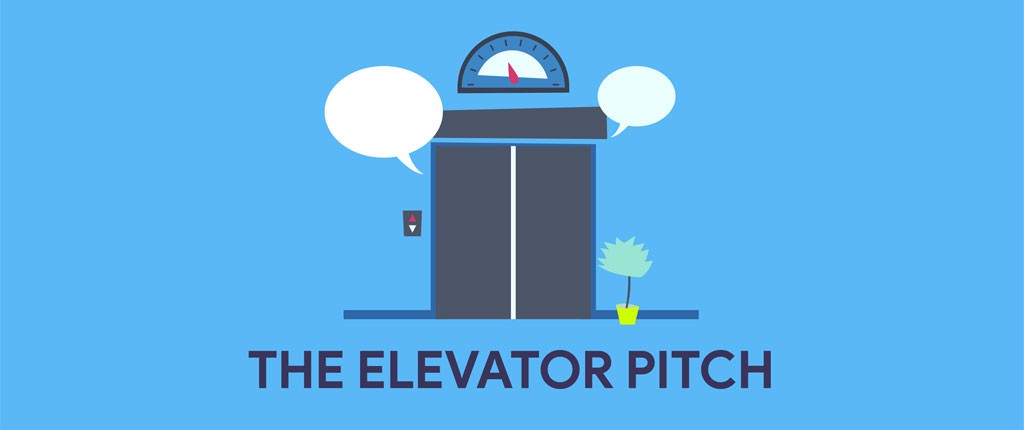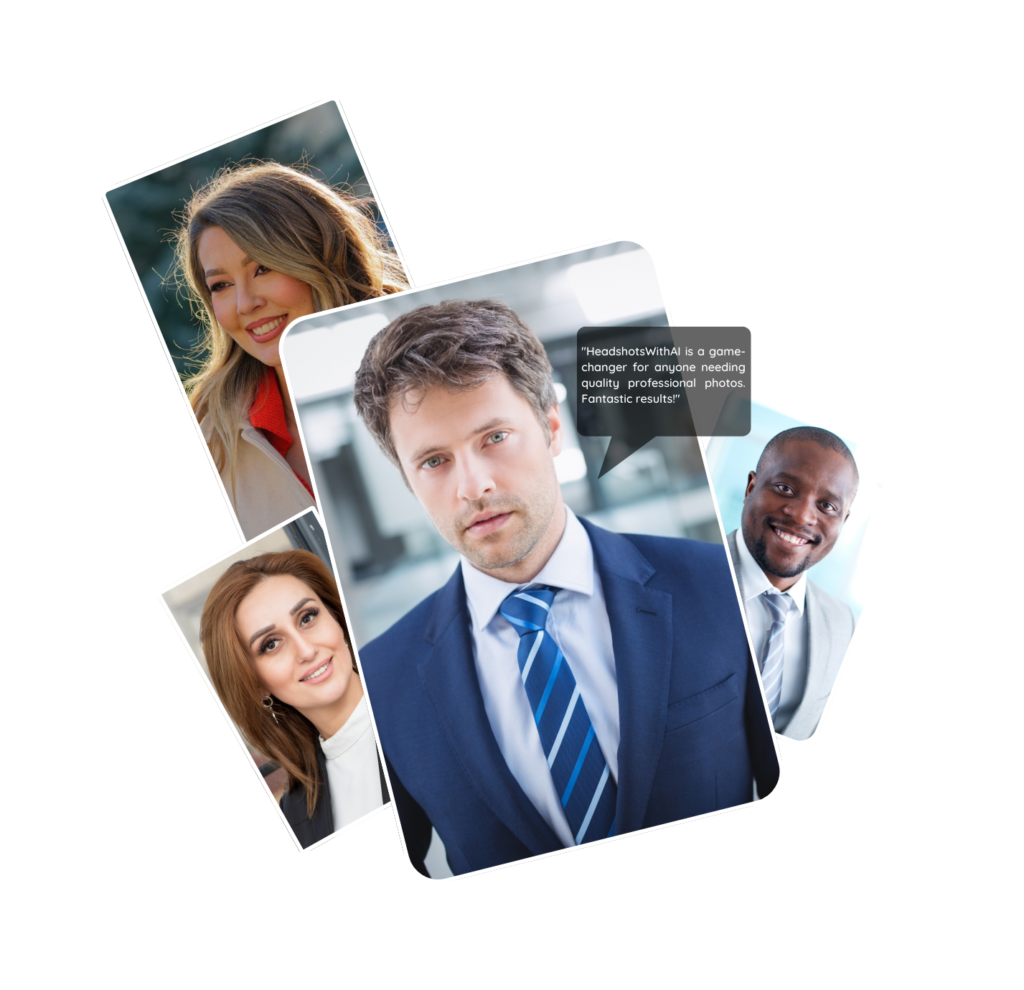Your LinkedIn profile is a powerful tool for personal branding and professional networking, but many people overlook the importance of the “elevator pitch”—a short, impactful statement that captures who you are and what you do. In the context of LinkedIn, your elevator pitch is a critical component that helps others quickly understand your value proposition. But which part of your profile should serve as your virtual elevator pitch?
1. The LinkedIn Headline: The First Line of Your Elevator Pitch
Your LinkedIn headline is the most visible and prominent part of your profile. It appears right below your name and is often the first thing people see when they come across your profile. This makes it the perfect place for a concise version of your virtual elevator pitch.
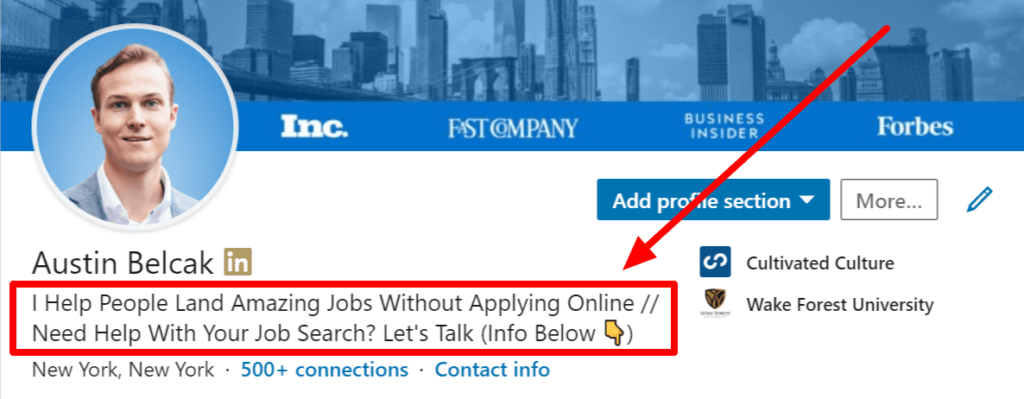
a. Why the Headline Matters
- First Impressions: Your headline is the first piece of information potential employers, recruiters, or clients will notice. It should clearly state who you are and what you offer.
- Search Visibility: LinkedIn uses the keywords in your headline to help others find your profile, so it’s essential for both branding and SEO purposes.
- Professional Branding: A well-crafted headline differentiates you from the competition and sets the tone for the rest of your profile.
b. Crafting the Perfect LinkedIn Headline
Your headline should be succinct but specific. Avoid generic job titles, and instead focus on the value you bring to potential connections. For example:
- Instead of “Marketing Specialist,” try: “Helping Brands Grow Through Data-Driven Digital Marketing Strategies” or “Marketing Expert | Driving ROI with Paid Ads & SEO”.
Your headline should reflect your expertise, the benefits you provide, and what makes you stand out.
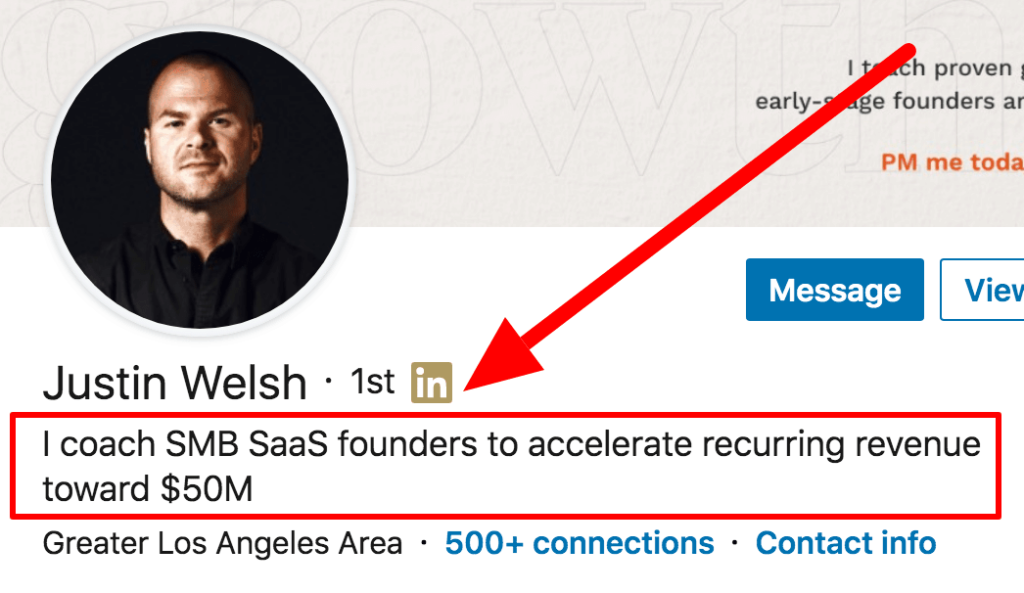
2. The About/Summary Section: Your Full Elevator Pitch
While the headline serves as the “teaser” to your elevator pitch, your “About” section allows you to expand on it. This section should act as a detailed version of your elevator pitch, elaborating on who you are, what you do, and how you help others.
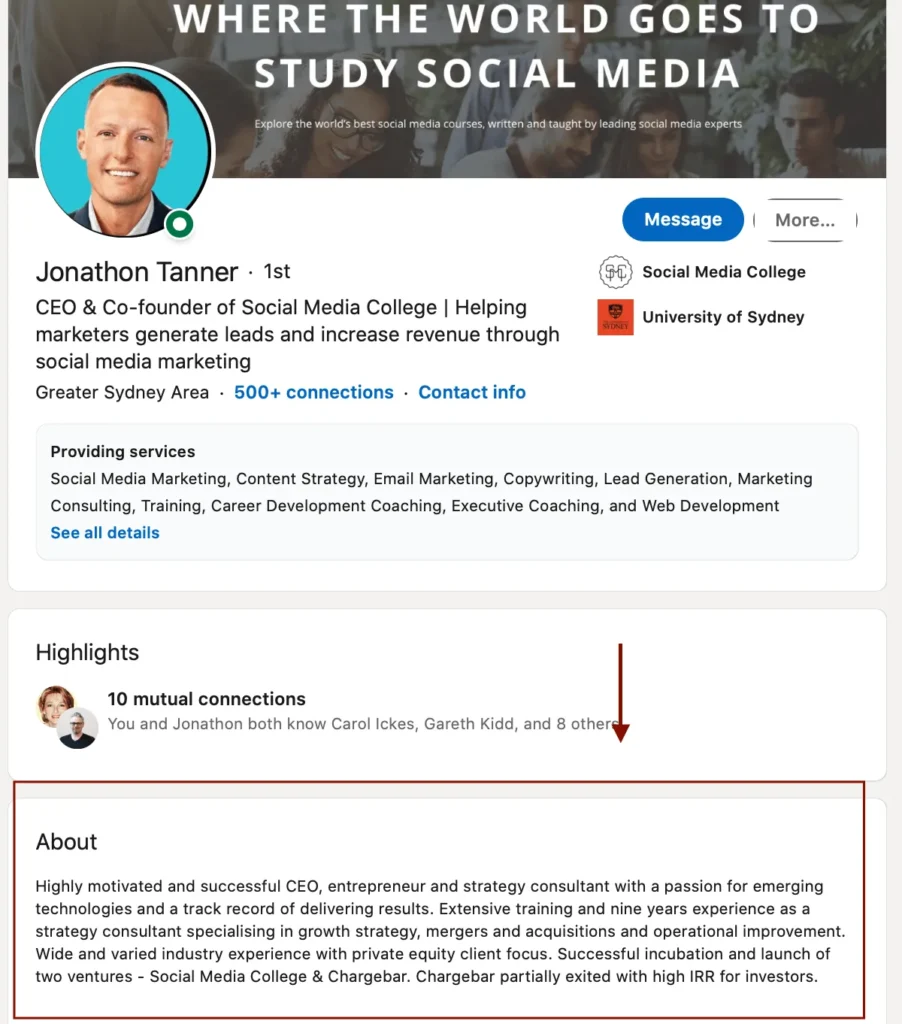
a. What to Include in the About Section
- Who You Are: Introduce yourself and mention your current role or area of expertise.
- What You Do: Explain the services you offer or the value you bring to employers, clients, or partners.
- How You Can Help: Focus on the results you’ve achieved or the problems you solve.
- Call to Action: End your summary with a line inviting the reader to connect, learn more about your work, or visit your website.
For example, if you are a web developer, your About section could look like this:
“I’m a web developer specializing in creating high-performance websites and applications that drive engagement and conversions. With over 7 years of experience, I’ve worked with companies across various industries to build user-friendly digital solutions. My focus is on clean, efficient code and a collaborative approach to problem-solving. Looking to discuss your next project? Let’s connect!”
The About section allows you to tell a more personal story than the headline. It should include not only your professional expertise but also your passion for what you do.
3. The Profile Photo: The Visual Component of Your Elevator Pitch
Your LinkedIn profile photo is the visual part of your virtual elevator pitch. It provides a professional first impression and can significantly impact how you’re perceived. A great photo should communicate approachability, professionalism, and confidence.
a. Why Your Profile Photo Matters
Your profile photo appears alongside your headline in search results, messages, and whenever someone views your profile. Studies show that LinkedIn profiles with photos receive 21 times more profile views and 36 times more messages than those without.
To make sure your photo enhances your elevator pitch:
- Use a high-quality image with good lighting.
- Dress appropriately for your industry.
- Smile and look approachable.
If you’re looking to upgrade your LinkedIn headshot without the hassle of hiring a photographer, consider using HeadshotsWithAI. This AI-powered tool creates professional-grade headshots quickly and affordably, perfect for professionals who want to polish their LinkedIn image.
4. Experience Section: Supporting Your Elevator Pitch
While your headline and About section serve as the core of your elevator pitch, the Experience section provides the proof. This is where you back up the claims you made in your elevator pitch by showcasing your roles, responsibilities, and accomplishments.
a. Key Points for the Experience Section
- Tailor your job descriptions to highlight the skills and achievements that align with your elevator pitch.
- Use action verbs and focus on quantifiable results. For example, rather than saying “Responsible for managing social media,” you could say, “Increased social media engagement by 30% through targeted content strategies.”
- Keep it focused and relevant. Ensure that your experience reflects your expertise in the areas mentioned in your headline and summary.
5. Skills & Endorsements: Reinforcing Your Elevator Pitch
The Skills & Endorsements section of your LinkedIn profile is another place where you can reinforce the core messages from your elevator pitch. You want to make sure the skills listed here align with the roles or services mentioned in your headline and summary.
a. How to Optimize This Section
- Highlight your top 3 skills relevant to your pitch. These should be the ones that directly support the professional image you’re trying to project.
- Regularly update this section to reflect new expertise or skills you’ve developed.
- Encourage colleagues or connections to endorse your skills to add credibility.
6. Recommendations: External Validation of Your Elevator Pitch
LinkedIn Recommendations can act as social proof for your elevator pitch. A strong recommendation can verify your claims and provide third-party validation.
a. Requesting Recommendations
Ask previous clients, colleagues, or managers for recommendations that focus on the aspects of your professional life that align with your elevator pitch. If your pitch emphasizes your leadership or problem-solving skills, ask for a recommendation that highlights these traits.
FAQs
1. Why is my LinkedIn headline so important for my elevator pitch?
Your headline is the first thing people see and serves as a short, impactful statement that introduces who you are. It helps set the tone for how visitors perceive your profile and affects LinkedIn’s search algorithms, making it essential for your elevator pitch.
2. Can I use my LinkedIn profile summary as a cover letter?
Yes, your LinkedIn summary can function similarly to a cover letter by expanding on your elevator pitch and giving a deeper insight into your professional journey, skills, and goals.
3. How often should I update my LinkedIn elevator pitch?
You should update your LinkedIn headline and summary whenever there are significant changes in your career, such as a new job, updated skills, or career transitions.
4. How important is a professional profile photo for my elevator pitch?
Very important! A professional profile photo enhances your elevator pitch by providing a visual first impression that communicates professionalism, trustworthiness, and approachability.
5. Should I tailor my LinkedIn elevator pitch to specific industries or roles?
Yes, it’s beneficial to customize your LinkedIn elevator pitch to align with the industries or roles you’re targeting. This makes your profile more relevant and appealing to potential employers or clients.
6. Can an AI tool help with creating a LinkedIn profile picture?
Absolutely! AI tools like HeadshotsWithAI can generate high-quality, professional headshots in minutes, making it easier to present a polished image without needing a professional photographer.
Conclusion
Your LinkedIn profile is a critical component of your personal brand, and your virtual elevator pitch should be woven throughout key sections of the profile. From your headline to your “About” section, each part should work together to create a compelling story of who you are and the value you offer.
Remember, a well-crafted elevator pitch on LinkedIn is not just about what you say, but how you present yourself visually. For a polished and professional LinkedIn headshot that complements your elevator pitch, check out HeadshotsWithAI for a quick, affordable solution.
Othman Naimi is a tech enthusiast and imaging expert specializing in AI-driven headshot solutions. With a background in computer science and a passion for innovation, Othman leverages advanced technology to create impactful, professional portraits. His articles on Headshotswithai.com offer valuable insights and practical tips for enhancing your visual presence.
